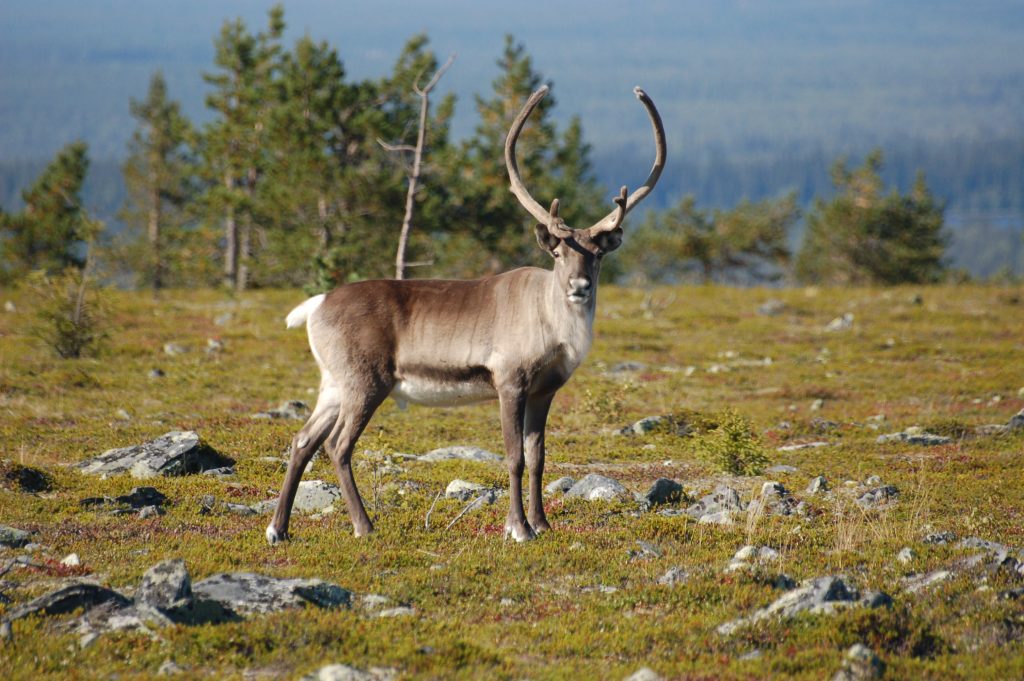REINDEER

” Reindeer grazing vs changes in above- and below ground biota and soil carbon dynamics in subarctic boreal forests – guilty or not?” and “Carbon neutrality of reindeer management”
are post-doc projects funded by Kone Foundation (2015 – 2016) and Finnish Cultural Foundation, Lapland Regional Fund to Dr. Köster.
The research addresses environmentally important issues from the point of view of soil carbon (C) stocks and climate change; whether and how reindeer (Rangifer tarandus L.) grazing in boreal subarctic forests is affecting: 1) boreal forest soils (root biomasses, soil temp.), 2) carbon (C) dynamics in soil and processes behind that (fungal and microbial biomasses and communities), 3) CO2 and other greenhouse gas (GHG) exchange between soil and atmosphere, and 4) aboveground biomasses (ground vegetation, trees).

The study areas are located in Finnish Lapland, in the subarctic zone of boreal forests, in the surrounding of Värriö Subarctic Research Station (SMEAR I station) and Sodankylä Arctic Research Centre of the Finnish Meteorological Institute. The main tree species growing in the area is Scots pine. Ground vegetation is characteristic to the boreal pine forest, dominated by Cladina lichen carpet in places where reindeers have no access, and few damaged mosses and vascular plants in the grazed area. In Värriö, the study area is close to the Russian border (south-east from Nuorttitunturi). There is fence in Finnish side to prevent reindeer movements between two countries. The study sites are located on both sides of the fence (Finnish side heavily grazed, Russian side non-grazed). In Sodankylä close to Arctic Research Centre, there is fenced area where there have been no reindeer for more than 50 years (the fence was built for snow depth measurements and has been isolating investigated area from reindeers since then).
Principal investigator: PhD Kajar Köster
